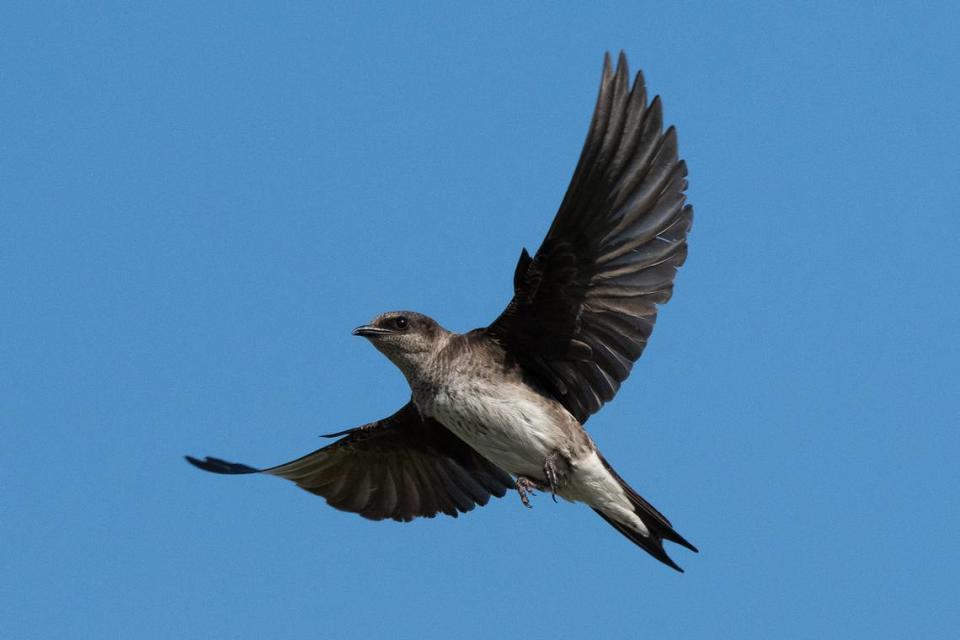First Purple Martins of 2024 in SC spotted. Here’s where so far — no, not Lake Murray
The annual visit of Purple Martins to South Carolina has started anew.
Nearly a dozen South Carolinians have reported seeing adult Purple Martins, referred to as scouts, in recent days, according to the Purple Martin Conservation Association website. Scout is the name given to the first martins seen back at an active colony site each year. They are the oldest individuals in the population and migrate north as early as the weather allows.
Enthusiasts across the eastern and central United States help track and report the beloved birds’ annual migration on behalf of the association.
Purple Martins in SC
Below is a list of all the locations of early Purple Martins sightings in South Carolina for 2024, according to the association.
Galivants Ferry on Feb. 12
Prosperity on Feb. 11
Hemingway on Feb. 11
New Ellenton on Feb. 11
Varnville on Feb. 11
Sumter on Feb. 10
Timmonsville on Feb. 8
Pamplico on Feb. 8
Gilbert on Feb. 2
Hanahan on Jan. 31

Purple Martins
According to the Audubon Society, Purple Martins are long-distance migrant swallows. They can grow between 18 and 11 cm in length with angular, pointed wings and a forked tail. The males are glossy and blue-black all over, while the females are grayer below and have white bellies.
Once widespread in rural America, approximately a third of the Purple Martin population has disappeared over the last 50 years, due to factors including nesting habitat loss, competing invasive species, decreasing prey availability and climate change, according to the conservation association.
Purple Martins might be best known in South Carolina for their stop every year at Bomb Island at Lake Murray.
Between early July and the end of August, thousands of the birds will appear every afternoon at sundown on the lake. The local phenomenon of the birds returning to the same island each year is still a bit of a mystery. However, the warm climate, the natural protection from predators the island provides and the large population of insects to eat, are all good reasons why the birds would be attracted to the spot, experts say.
To follow along with the Purple Martins’ migration and learn more about how you can help ensure the future of Purple Martins, visit www.purplemartin.org. People interested in learning more about how to attract and care for Purple Martins can receive a free booklet by contacting the Purple Martin Conservation Association by emailing info@purplemartin.org or calling 814-833-7656.

